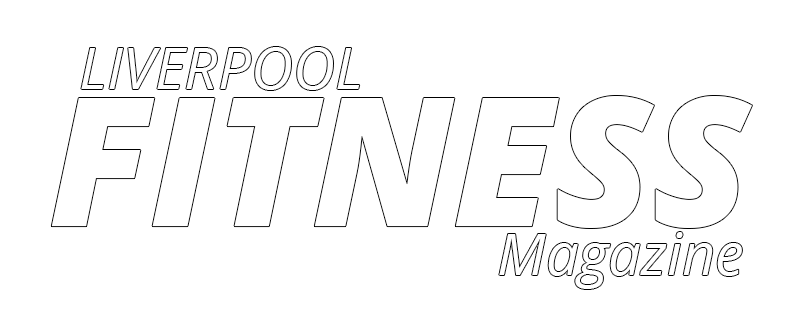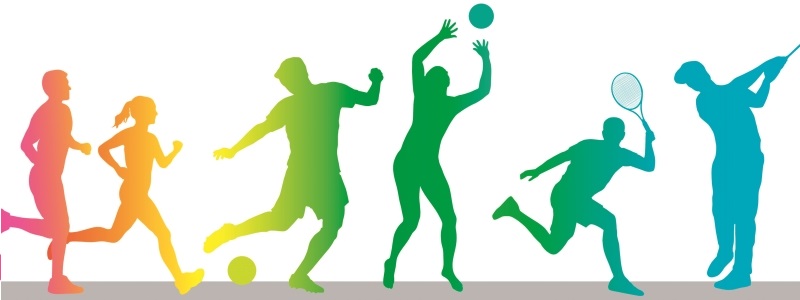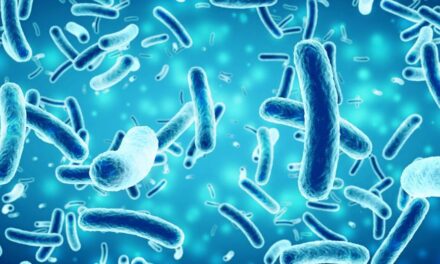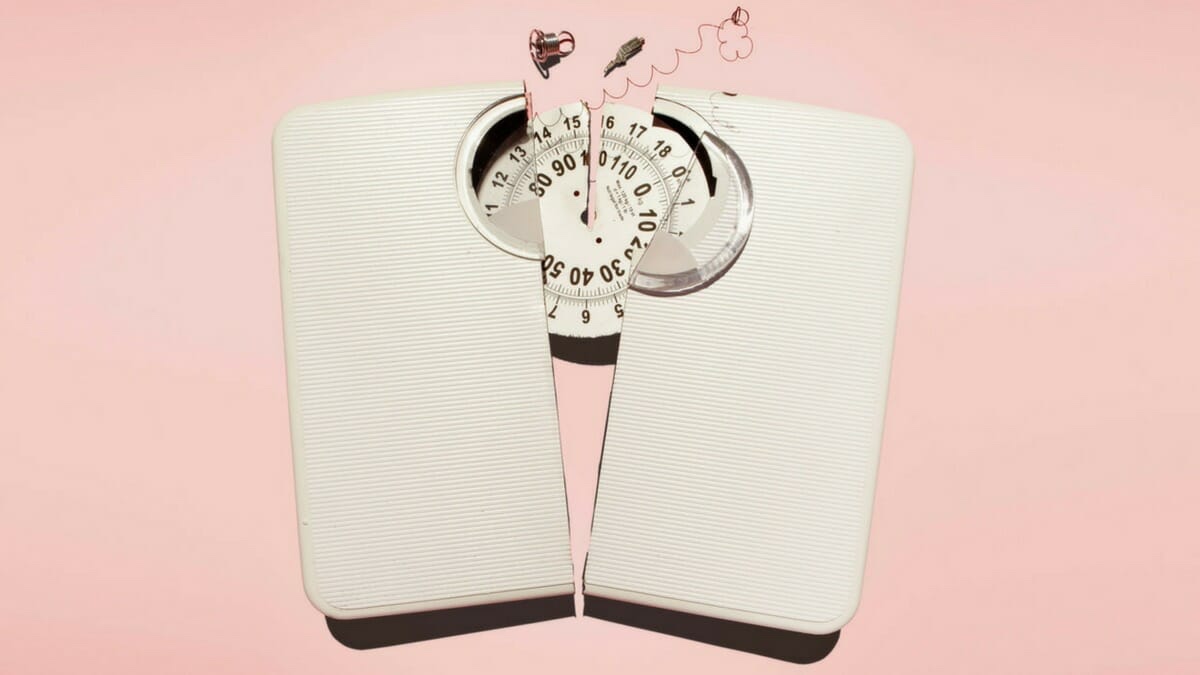When we talk about being physically active, we associate exercise and physical activity as the same meaning. These sayings fall into the same category of potential sporting engagement and events. To many, the definitions can become confusing and disruptive. In addition, we will help simplify the topics further for your to fully understand procedures and processes for future reference.
Theres a lot you can take from this, ranging from new exercises to daily movements thats you wouldn’t know about.
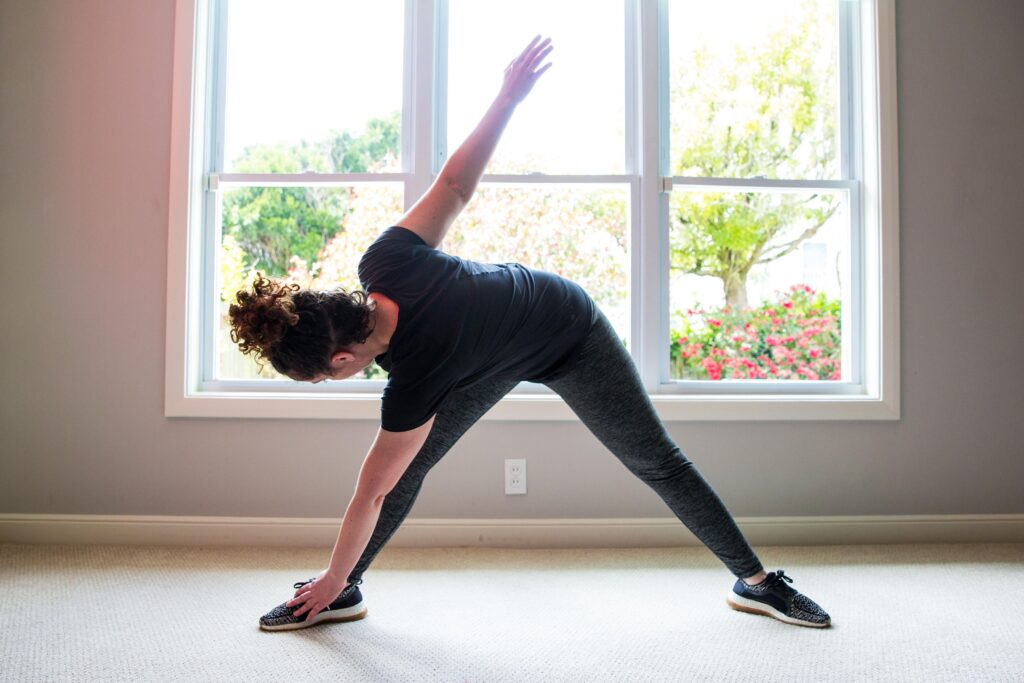
Exercise
This definition can be described as an activity requiring physical effort, carried out to sustain or improve health and fitness. In addition to that, the main function of exercise is to stay physically fit, lower bodyweight and reduce risk of potential diseases. Why may this be important you might ask? Well, by increasing exercise daily you minimise the risks of developing type 2 diabetes and high blood pressure. Reducing high blood pressure further contributes to cardiovascular health, decreasing risk of heart attacks, strokes heart failure, and cardiovascular death.
Not to worry though, as there are a handful of respectful exercises you can do that can be very fun and exciting. Swimming, tai chi, walking and strength training to name a few, are all excellent exercise options. With the addition of a social element with these exercises, this increases confidence for individuals. Having a routine with friends and family can not only be fun and exciting, but also have many health benefits. These components can also develop a persons desire and motivation to increase skill level, work ethic and more. An area you may be unsure about or lack of confidence, could eventually develop into a hobby.
We recommend with all new exercises, doing further research and trying it out yourself with the correct techniques if possible. Furthermore, seek professional guidance if needed.
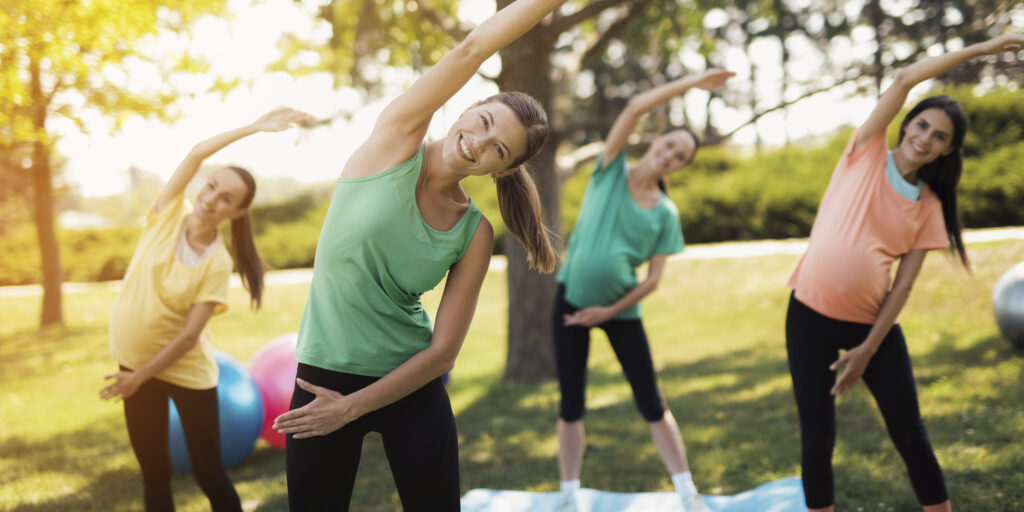
Physical activity
An important feature of our daily lives, and at times without realising we are even doing it. Physical activity is defined as any bodily movement produced by skeletal muscles that requires energy expenditure. This can be anything from moving a plate to one side of the table to the other, or running up a hill. Daily routines require movement which you may or may not have known that it is a form being physically active. The benefits of increasing physical activity vary between reduced risk of heart attacks and strokes, lowered blood pressure, increase mobility resulting in stronger joints, muscles and bones further reducing osteoporosis. That is just to name a few of the many benefits.
Reiterating movements/activities for increasing physical activity engagement range between moderate to vigorous intensity. Forms of activity can include brisk walking, water aerobics, riding a bike, dancing, hiking and more in relation to moderate intensity. Vigorous intensified activities include lifting heavy weights, circuit training, sprinting up hills, interval running and many more.
There are 100’s of ways you can stay physically active, but its what you enjoy and how this contributes to your daily health. Why not give some of these popular activities a try?
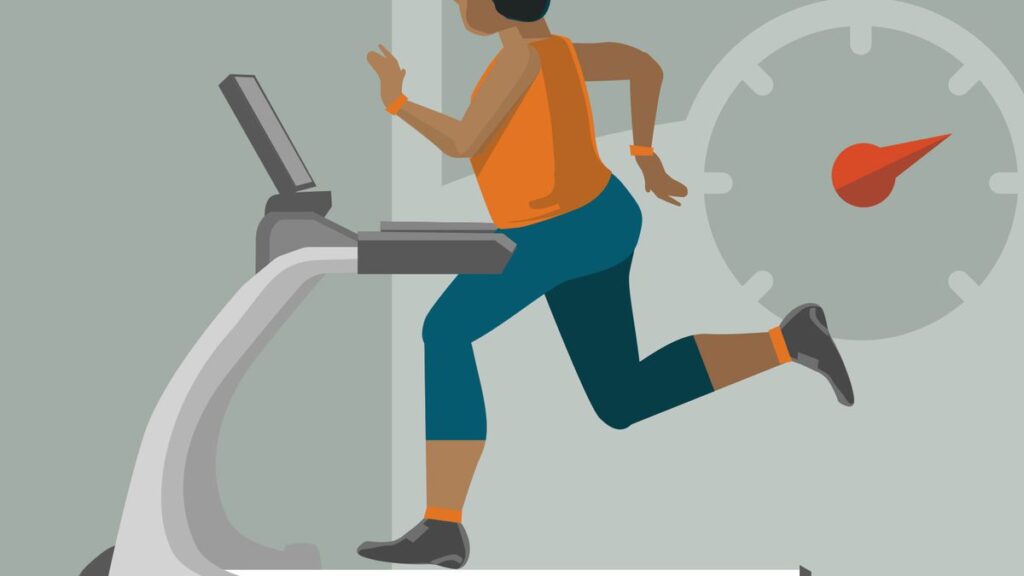
What is the difference?
Physical activity is the movement that is carried out by the muscles that requires energy, while exercise is planned, structured, repetitive and intentional movement intended to improve or maintain physical fitness. A very easy way of getting the two meanings mixed up which is perfectly normal. Concluding, exercise and being physically active both contribute to losing weight, reducing risk of diseases and promoting good wellbeing and fitness. What isn’t to like about all those positives? We highly recommend checking out what exercises suit you best towards your fitness goals.

Jordan Fleet joins the team to help simplify complex topics ranging from training, nutrition, supplements and many more. With a trade in mechanical engineering and one more year remaining on completing his sports nutrition and health degree at Liverpool John Moores University. Jordan will provide a better insight into different areas of fitness in the hope to provide the best quality service/information he can offer.
An advocate for training with a strong mindset, nutrition balancing and enjoying life. Find him in the nearest gym or many coffee shops.
